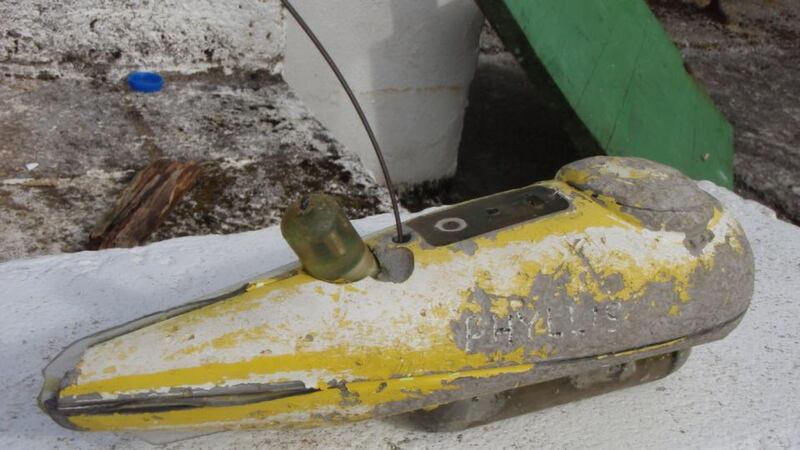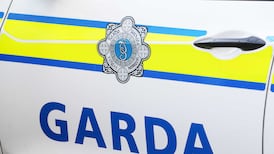A satellite transmitter which has spent 12 years drifting the Atlantic currents from Greenland has been found on the south Connemara coastline.
The transmitter or “tag”, which had been attached to a bowhead whale, was almost intact when found by Stiofáin Seoighe near Lettermullen, and given to local marine expert John (Bhaba Jack) Ó Conaola.
With some detection work involving fellow marine expert and author Pádraic de Bhaldraithe and Marian Brady, its solo voyage was traced back to Greenland.

"Phyllis is the name of the whale that wore it, and she managed to shake it off a few weeks after it was fixed to her in May 2002,"Mr Ó Conaola told The Irish Times .
“What’s amazing is that it continued to travel the Atlantic, turning up here, and with not a bit of rust on it,” he said.
The transmitter had been engraved with “Phyllis’s” name and number, 7933.
As Mr de Bhaldraithe explains, Ms Brady searched the internet and traced these details to a scientific paper published in the
Marine Mammal Science
journal in 2006.
Signals
The paper by scientists from the Greenland Institute of Natural Resources in Denmark recorded how the tag, equipped with a radio transmitter to emit signals to a satellite, was one of nine fitted to bowhead whales off western Greenland in 2002 and 2003.
The tagging project was one of the first of its type, and aimed to gather information on bowhead population levels.
Bowhead whales prefer to live in high Arctic waters, can grow to 20 metres in length, and are said to have the largest mouth of any animal. They were previously hunted commercially, but are now only killed in small numbers by Inuits for subsistence.
The project also aimed to test the effectiveness of different types of satellite transmitters. Just three of the nine fitted lasted any length of time, but the authors concluded that bowhead stock levels were probably higher than previously estimated.
Returned
After the Connemara discovery, Mr de Bhaldraithe made contact with the researchers at the Greenland Institute of Natural Resources.
“They were delighted to hear from us, and have expressed great interest in retrieving the tag and downloading the information from it,” Mr de Bhaldraithe said.
The tag was posted back to the institute early this week.








